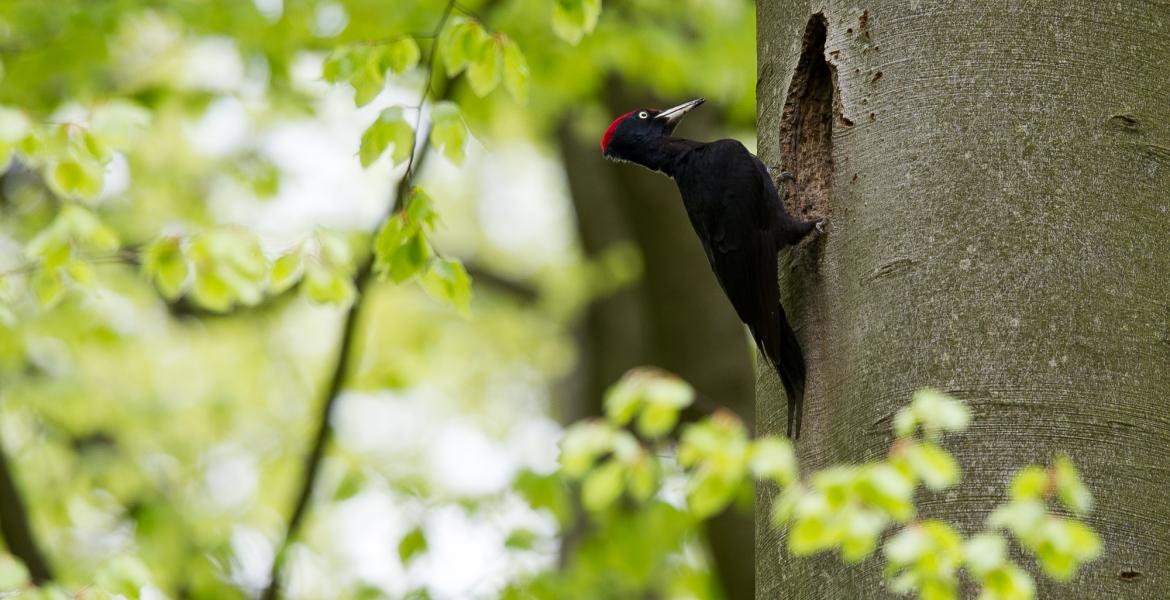Martin Dellicour is a professional nature photographer and a true lover of the Ardennes region. Today, he shares his tips to observe birds in the Ardennes. He tells us where to find them and what species we may observe!
Today, I was lucky to interview (once again, but we don’t get tired of it!) Martin Dellicour. This professional photographer is a true lover of the Ardennes nature and he shares his best tips to observe birds in the Ardennes. The end of March and the beginning of spring is the best season to get to know the local birds. Meet Martin and discover his passion: ornithology!
Martin, please tell us: what bird species may be observed in our beautiful region?
We are really spoilt for choice in the Ardennes! Three overall types of birds are to be found based on their environment.
The first environment is the forest. Birds like the black woodpecker, the largest “woodpecker”, are to be observed. The wren, one of the smallest birds of Belgium, is very light. Or the crested tit which has a small crest on its head and is a bit more wild than other tits. A true punk ?
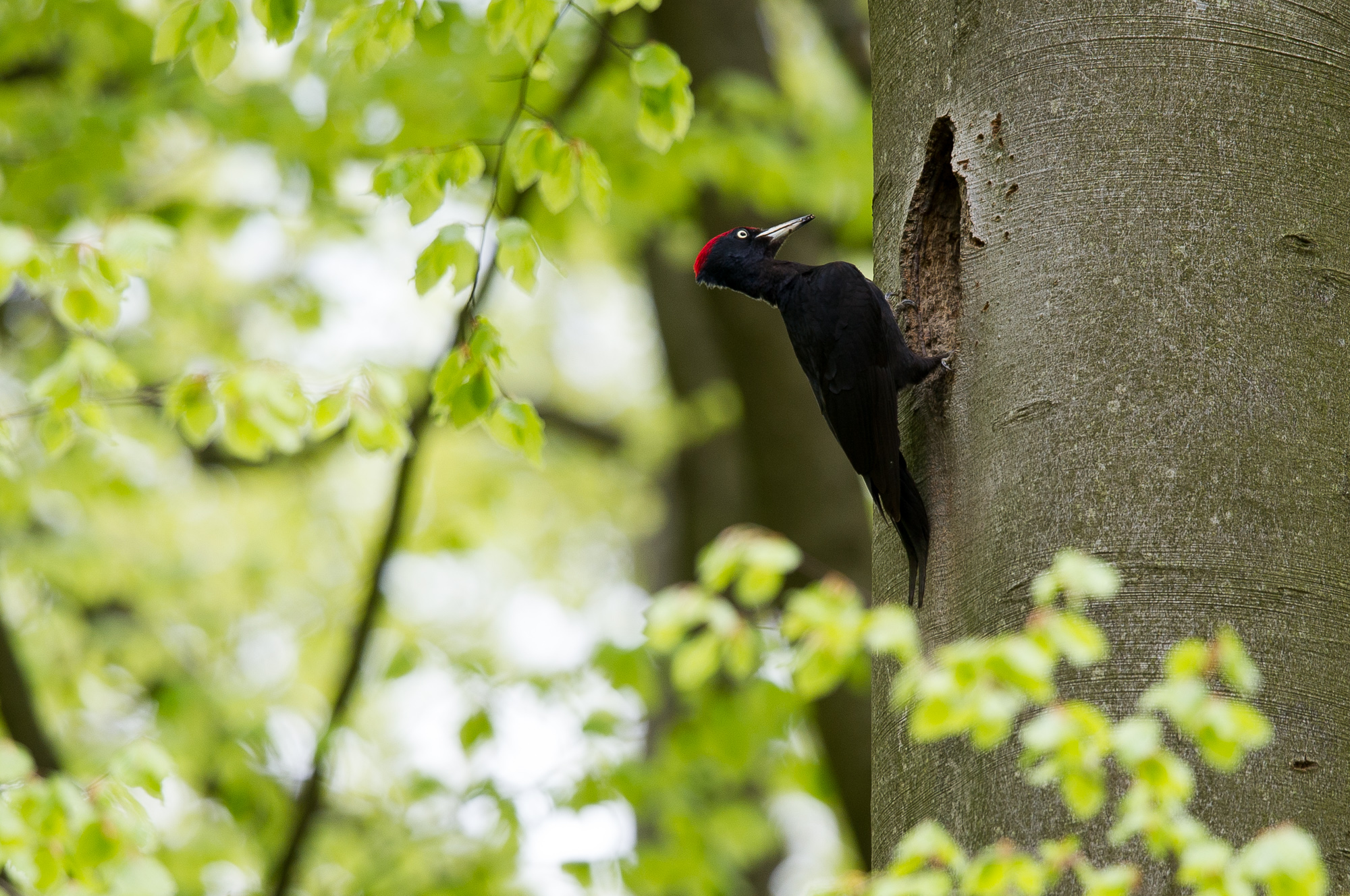
The black woodpecker
The second environment is the bocage. In the Ardennes, few cultivated fields are to be found, but there are many fields with large hedges. The great grey shrike and the yellowhammer may be observed there. They are to be found in hedges, they may be spotted while walking on countryside paths.
Finally, the wet zones are quite widespread in the Ardennes thanks to the fens, the peat bogs, the creeks, etc. Herons and black storks may be observed in those environments. The black stork looks like the white stork but its back is black (its plumage is thus the other way round) and contrary to the white stork that appreciates urban environments, the black stork appreciates the wet zones. As an Ardennes lover, if you manage to spot one, that’s pretty cool!
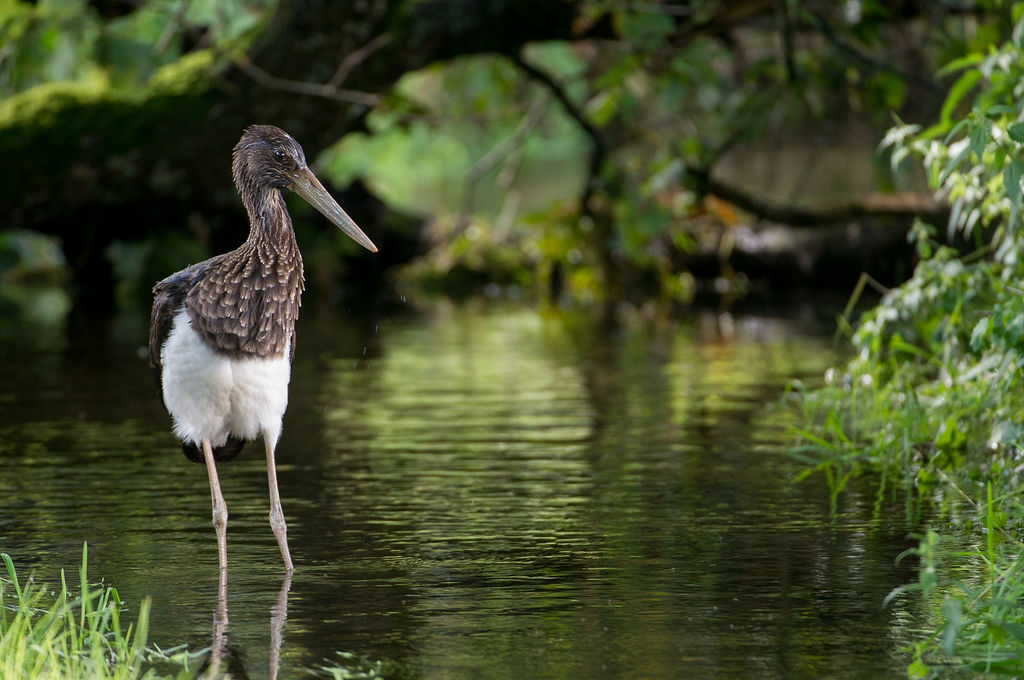
The black stork
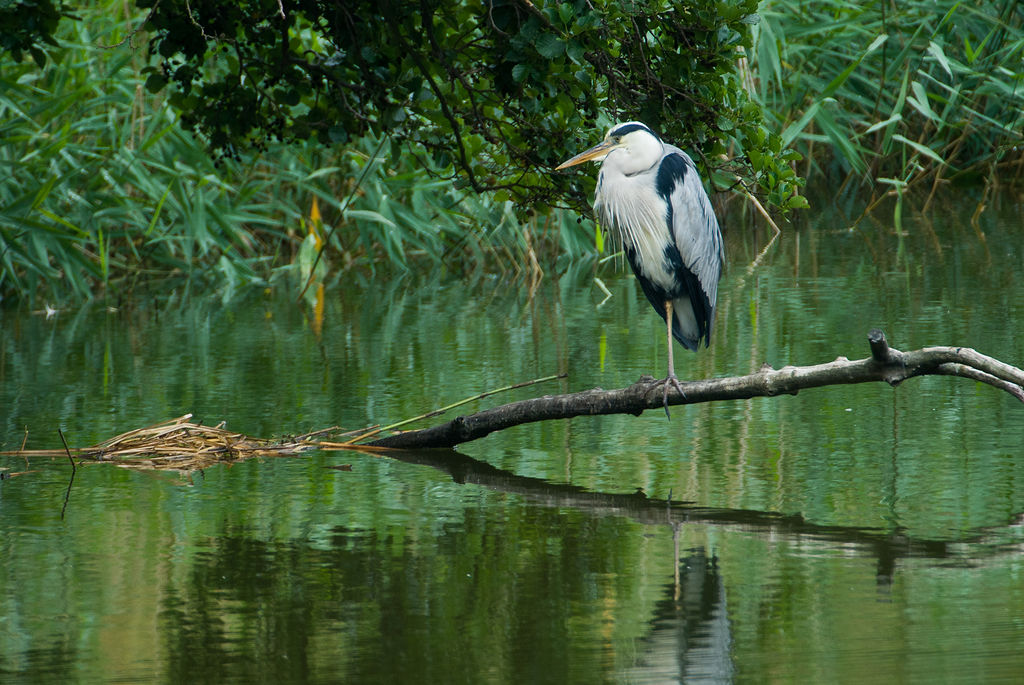
The heron
What is the best period to observe them?
During the spring, without any doubt! From April to May is the mating and nesting season for many birds. They are busier and their plumage is blazing. It is then possible to see them more often!
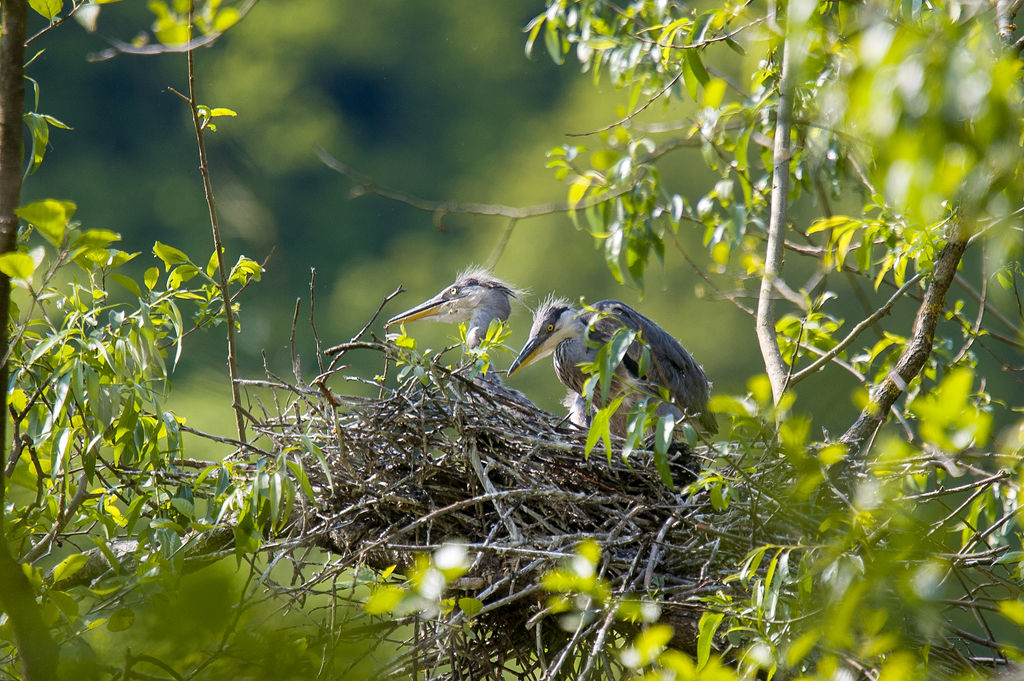
The heron

The grey wagtail (male)
What tips do you have to observe them?
The birds are more active when the weather is fine without too much wind. When it is too windy, the birds sing less and it is thus more difficult to spot them. The rain is also an inconvenient to observe birds.
You should also look for them in the morning, 30 minutes before the dawn until midday when the birds are more active while the deers, the boards or the roe deers are more active in the evening.
The birds are a bit like us, their biological rhythm is based on luminosity. They sleep at night in their bird house or on a branch and are more active when the sun rises!
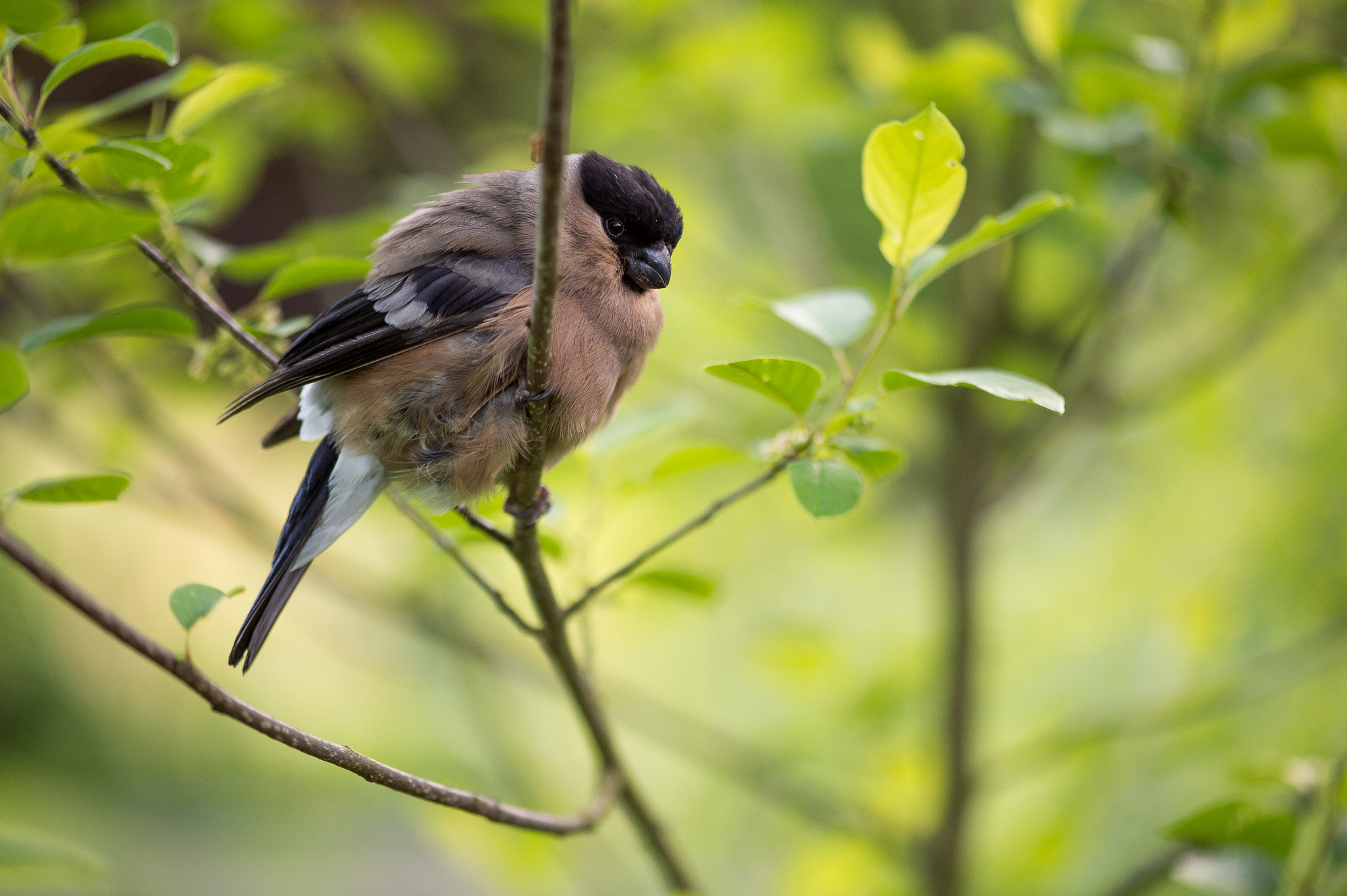
The eurasian bullfinch
What are the best locations in the Ardennes to observe them?
In environments conducive to observation like the fen: in the region of Saint-Hubert, on the plateau above Spa, in the High Fens and on the Plateau des Tailles near the Baraque de Fraiture.
In the region of Marche-en-Famenne too: the plains of the Famenne region are close to the Ardennes forests. It is a great region to observe birds of prey (kites, hawks) and all sorts of birds that like hovering over plains. And many beautiful hiking trails are also available.
And of course, the region around the Semois river, a beautiful and well-preserved river crossing the Ardennes forest. The birds feel secure there!
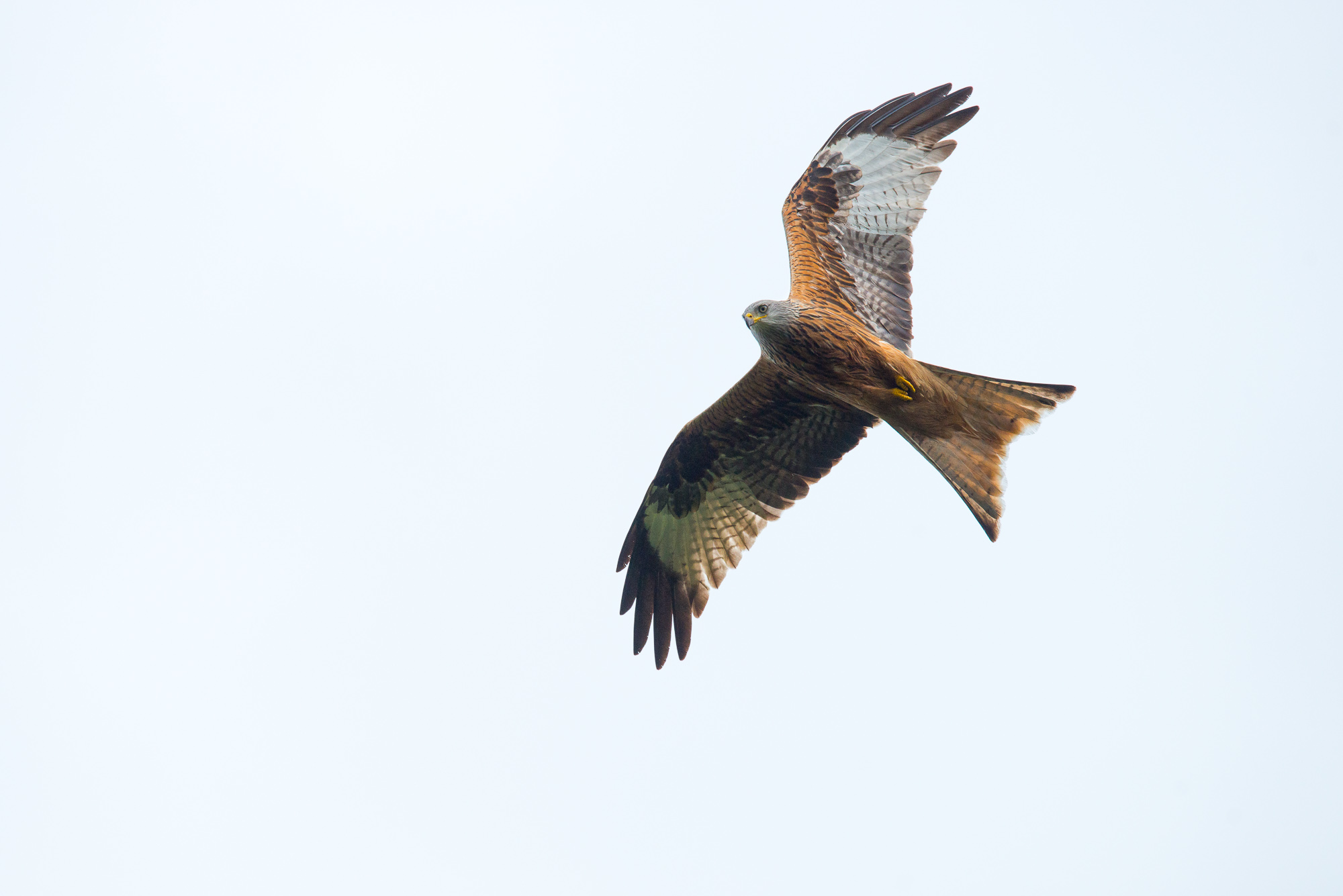
The red kite
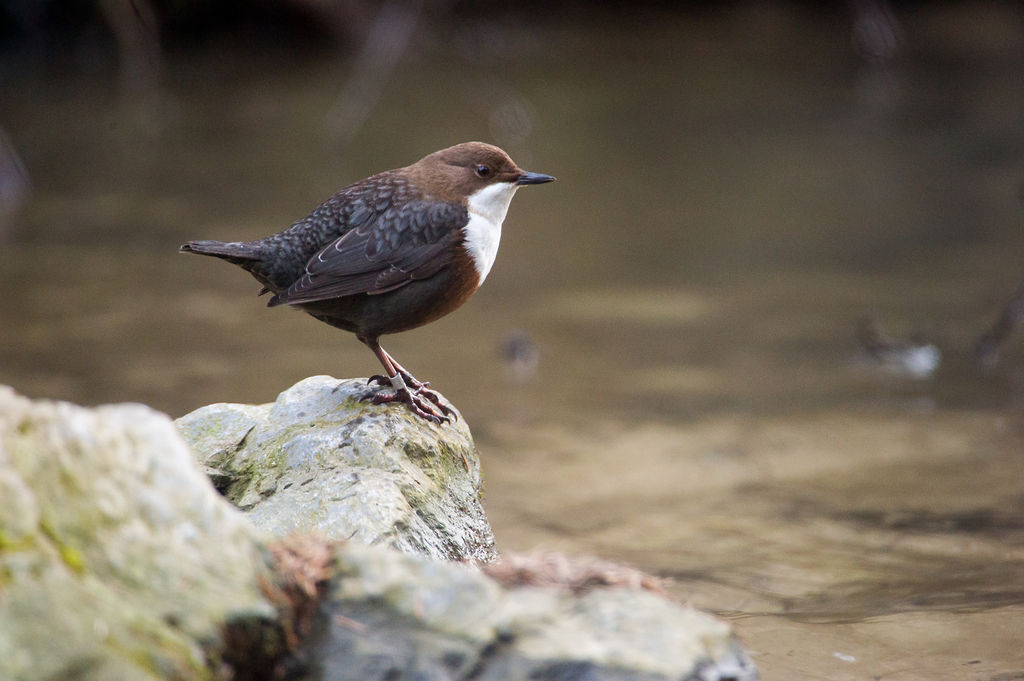
The white-throated dipper
Can you tell me whether a particular outfit/tool is needed to observe birds?
As far as I am concerned, binoculars or a telescope are essential tools. Most of birds are small and if you want to watch them closely, you do not have the choice!
You should also opt for a discrete outfit. But there is no need to dress up as a paratrooper!
The birds have a good eyesight, so when you go for a walk, I’ll advise you to sit by a tree for 15 minutes. If you stop for 15 minutes, the birds resume to their activities. 5 minutes is not long enough for them to forget you. Avoid sudden movements and do not say a word because when you hear them, you will be able to recognise their song. And you have then the opportunity to practice your memory skills to recognise them.

How did you learn all this about birds?
I was initiated when I was younger at nature initiation courses. But I got real curious 25 years ago and I set to learn more about it. I got several books, one of which to recognise birds according their plumage or their eggs. And I was also lucky to meet other ornithologists or birds lovers who tell me anecdotes. For example, some specialists realised that some birds of the same family developed different ways of singing. A bit like dialects. ?

The common Kingfisher

The grey wagtail (female)
Come and stay in the Ardennes to observe birds during the spring!
Discover all our houses available from April to June!



